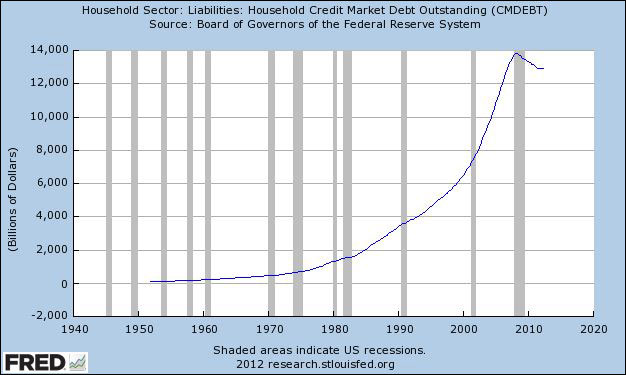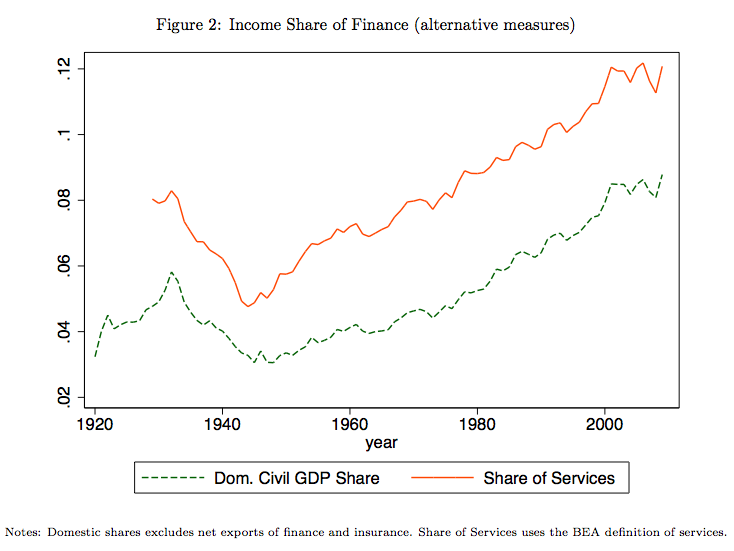Before the Netflix era made watching rare high-quality films as simple as turning on a light switch, the height of late 1970s technology for the hi-fi home entertainment viewing experience looked like this:
When I was young, my father believed that beta videos offered the highest quality means of watching his favorite movies. Technically, he was correct. Betamax videos maintained their integrity for sharing purposes much better than their VHS counterparts. Our family collection included Dune and, of course, all of the Star Wars and Indiana Jones movies. We didn’t need HBO. My dad just copied the movies he liked using a second player. It was a great system.
Somehow, we continued in this fashion deep into the 1980s, when the proprietor of the video store we frequented finally sold off his Betamax video collection. One by one, our “higher quality” home movie theater became more and more obsolete.
I think my dad was the only guy who rented the things from him. Somehow our family still managed to find films to watch. Even as the selection shrunk until it was just a few rows of faded video boxes in the way-back dusty corner of a video shop in a forgotten strip mall.
Thus, for me personally, the word beta is suffused with memories of light sabers, fear of snakes, eating monkey brains, and driving way too far just to rent bad movies.
Other people associate the word beta with their college experience. The college fraternities and sororities of the US are frequently referred to as collections of letters from the ancient Greek alphabet. Beta Theta Pi. Phi Beta Sigma. Alpha Phi Beta. Sigma Beta. Sigma Phi Beta. Beta may be the most widely used letter in this “Greek” system. That must be because it’s easy for folks in the modern Greek life to remember. It looks like a B:

Where else is beta? Everywhere. Beta represents vital concepts in many fields: computing, finance, phonetics, mathematics, rock climbing, and statistics.
Software first gets released in beta so that the developers can discover bugs and inconsistencies that they otherwise could not have found on their own. Gmail was a beta product for five years before Google felt comfortable removing the moniker.
Much in the same way that the symbol for beta is often mistaken for the Roman letter B, concepts represented by beta are often those that we cannot possibly know but absolutely must discern.
In finance, the concept of beta has just this characteristic. Beta is a widely used (as well as widely misunderstood) measure of market risk. It provides the slope of the risk-return tradeoff line for a portfolio as defined by the capital asset pricing model formula.
If you’re looking for the beta of a particular stock, it is provided in all statistical packages and nearly all statistical websites. Let’s take a look at this screenshot from Yahoo! Finance:
Beta is right there circled in red.
In order to interpret this particular stat, you should think that Apple (AAPL) stock in the most recent 36 monthly periods (3 years) has performed as well as the market has plus another 35 percent.
Note: I do not mean 35 points, I mean percent. So if the market goes up 2% in a month, AAPL should go up 2.7% not 37%. By the same token, if the market goes down 2% in a month, AAPL will go down 2.7% as well.
A stock with a beta of below 1 will have much better monthly returns, on average, in times of market deterioration. In fact, some scholars believe that, in the long run, persistently sub-one betas may also enjoy excess returns.
So “BET AGAINST BETA” and amass low beta investments.
Do it for long enough and you might just become one of the 18% of active fund managers that beat the market over a decade’s time.
Beta is often mistakenly thought of similarly to the correlation of a particular stock to the stock market as a whole. And if we think of the market as an example of the “perfect” amount of risk that a “rational” investor should be willing to take on at any “normal” point in an investing lifetime, then beta can be described as a sort of risk measure. That is, at least, the story from the perspective of contemporary financial theory.
But, technically, beta is not a direct measurement of risk. It can only tell you if a collection of assets has more or less risk relative to a benchmark. And when the benchmark itself swings about wildly as indeed all market benchmarks have recently been doing, it can seem like supposedly low-risk stocks are just as high-risk as any other high-risk venture like a Tesla (TSLA), Chipotle (CMG) or Shake Shack (SHAK).
This risk of rapid price swings that seems to be inherent in all modern financial markets is known as systematic risk. It is said that we cannot diversify this risk away. No matter what magic tricks we deploy to construct a portfolio.
Basically, beta is a comparison of the variability of one single investment with the variability of a chosen market. Because it is comparing a second-order effect, i.e. variability, rather than a statistic more directly linked to company performance, like price level, we cannot accurately state that it is a direct measure of risk. It is most precisely a measure of relative variability that hints at the possibility of risk.
However, beta is an important part of the toolkit a portfolio manager employs to create personalized investment portfolios. Paying close attention to beta levels at the portfolio level maximizes return levels. It puts a reasonable floor underneath your potential losses and significantly diminishes the scope and scale of a portfolio’s risk levels. While a rational investor cannot ever escape their exposure to systematic risk, they can reduce the impact that that risk has on portfolio returns.
And for this reason alone, investors must get to know beta.
Beta is a critically important statistical factor in investment consideration.
But the best reason to prioritize beta analysis in selecting investments is that it is widely available data. For the most part, you don’t even have to calculate it. It is easy to find and, as long as you know exactly what the beta number you are looking at actually means, it is also easy to use to create a portfolio that has lower risk than the stock market as a whole.
And isn’t that what investing is all about? To invest with lower risk?
We all have to invest. It is how we transport the money we hope not to spend today into a future that may include more certain and costly financial demands.
Emphasizing low beta assets allows us to do this time travel with substantially lower risk.



